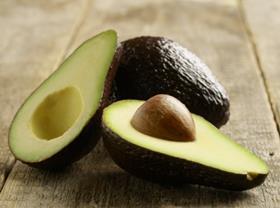
The short supply of Hass avocados caused by the late start to the Peruvian and South African avocado deal has caused a steep rise in prices on the European market. Arturo Medina of Peruvian avocado association ProHass said shipments are running at around 100 containers per week compared to 300 containers during the peak season.
“This obviously has increased prices and there are many unscrupulous people who are exporting dry matter levels below 21.5 per cent,” he said.
He noted that although current price levels would not be maintained once high volumes come on stream, the fall would be more severe if quality levels were not maintained. He said ProHass members, who represent over 70 per cent of Peru’s export volume, had made a commitment to ship only fruit with at least 22.5 per cent dry matter in order to safeguard standards.
According to Medina, the delay to shipments will not affect the overall volume of exports this season, which is pegged at 190,000 tonnes, of which 90,000 tonnes will go to Europe, 80,000 tonnes to the US and 20,000 tonnes to other markets.
“We are programming exports so as not to overload the markets and our members are committed to extending shipments for a few weeks, which will take the season to mid-September,” he said.
Meanwhile, Camposol has said it expects to export just over 25,000 tonnes of avocados this season, a fall of 20 per cent on last year’s total of 31,400 tonnes. Executive director José Antonio Gómez said the reduction is the result of this being an off-year in terms of production.
Gómez said he expected the markets to be more stable than in 2014, which was marked by significant price fluctuations. He noted that Chile and China were likely to play a more important role in the future given Peru’s rising production.
In spite of the fall in production this year, Camposol’s avocado volumes are projected to grow in the coming years. Allan Cooper told Fruitnet that the company is carrying out trials in different parts of the country to compare yields and quality and is planning to invest in new packing capacity to handle future increases in production.



